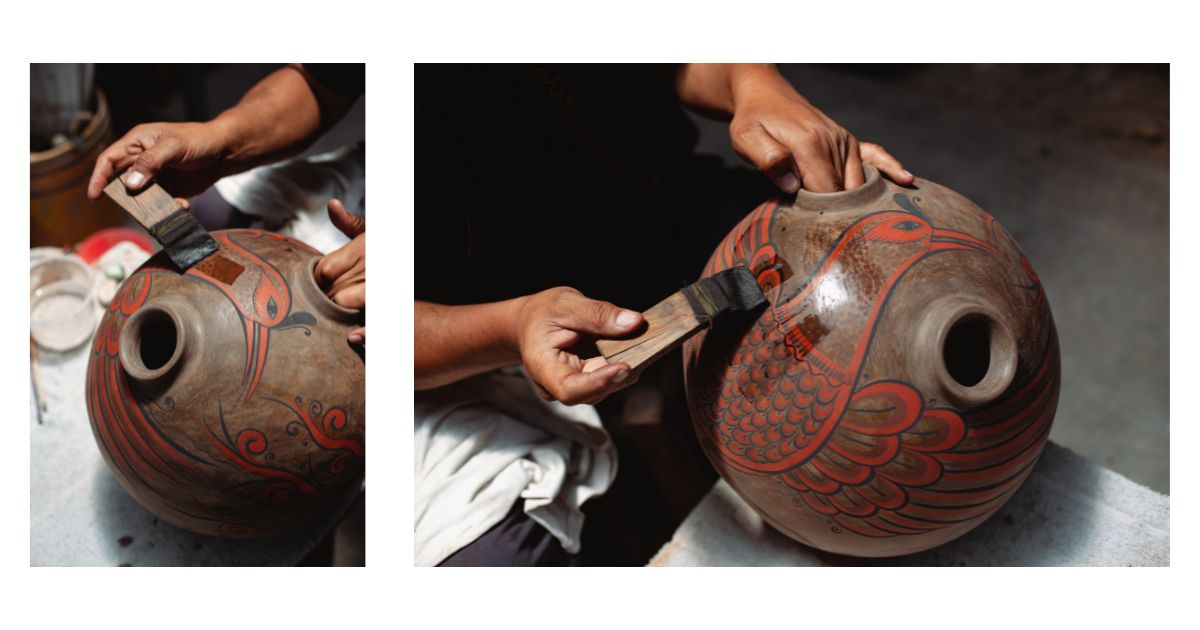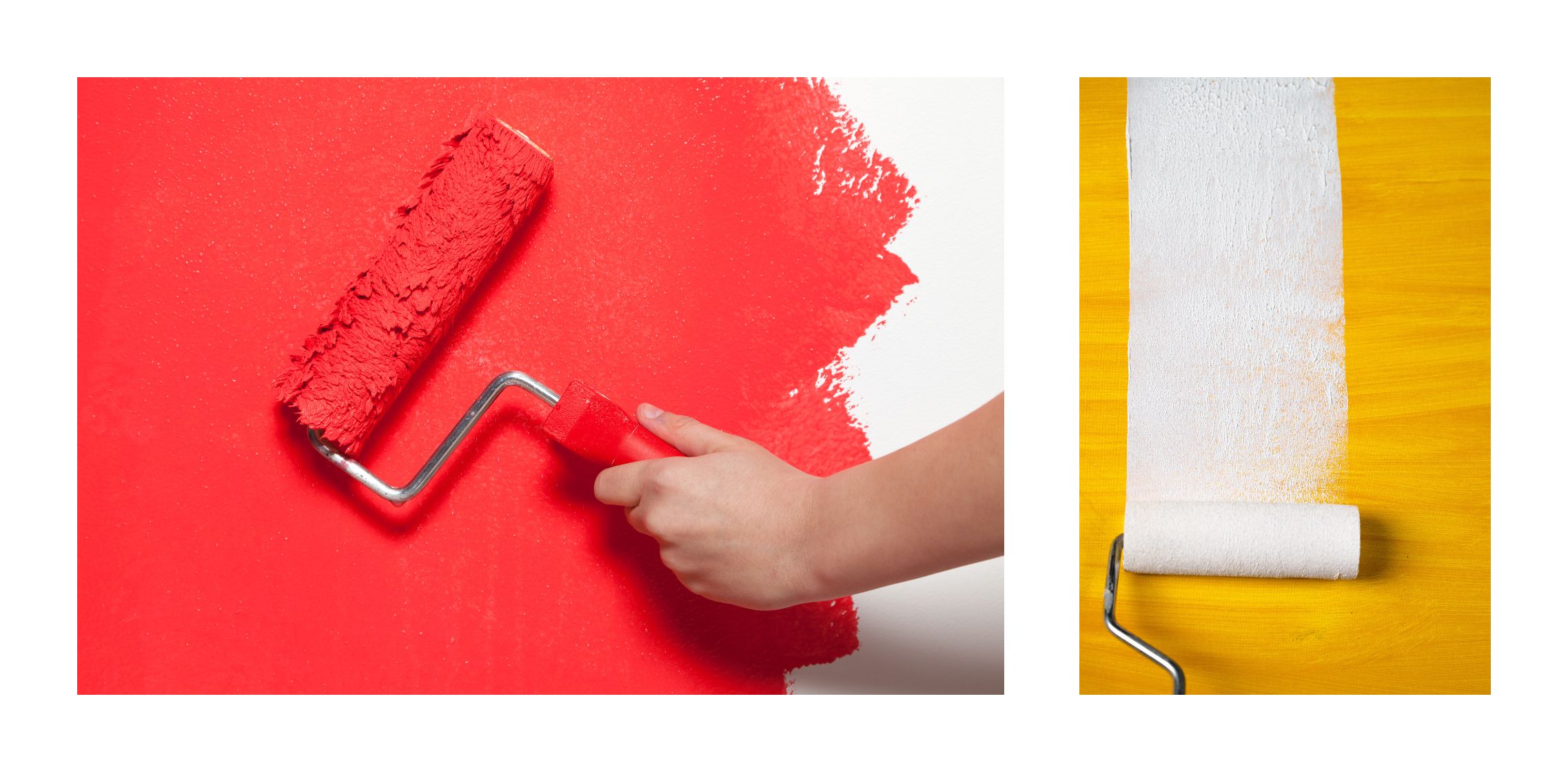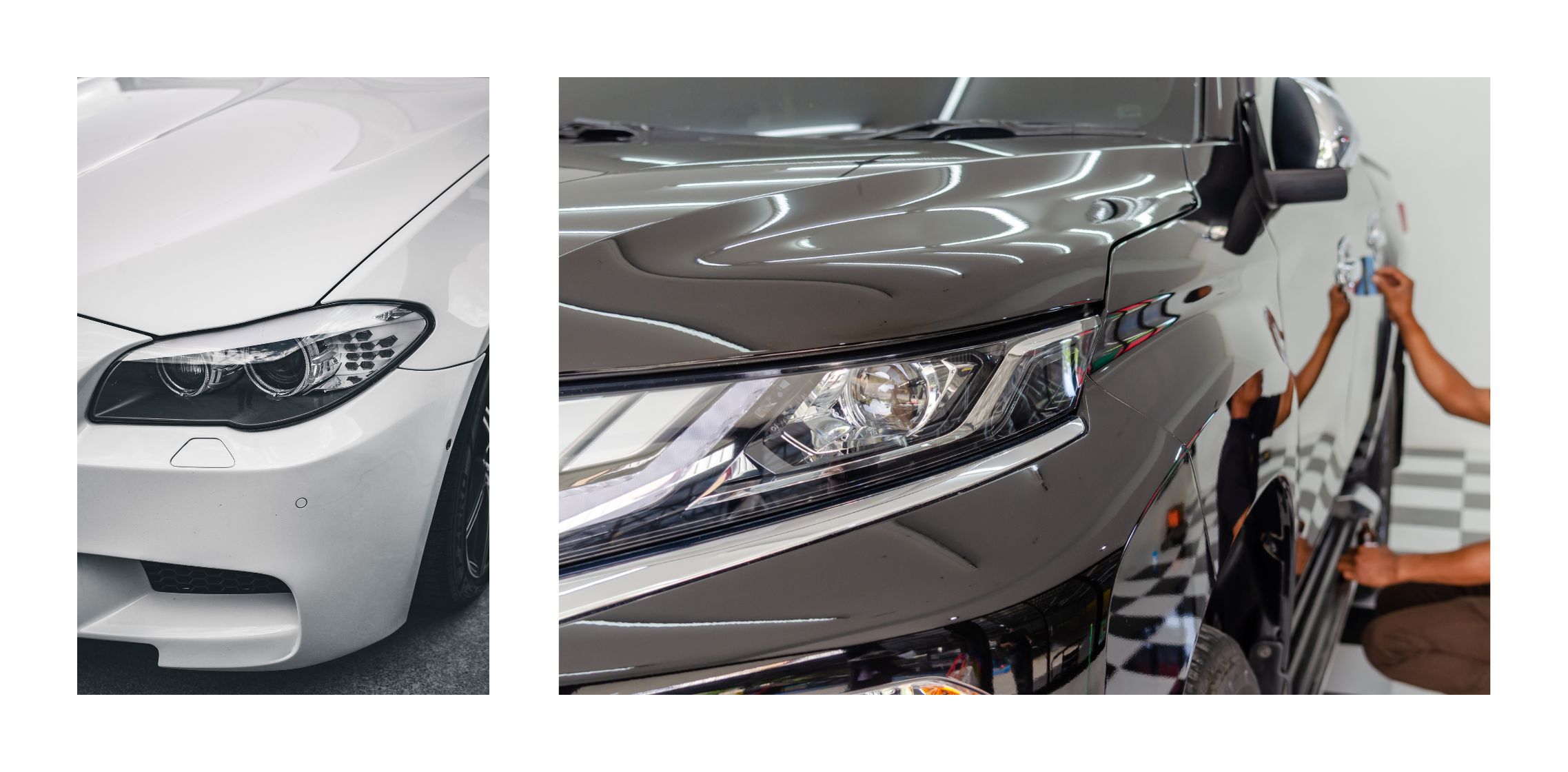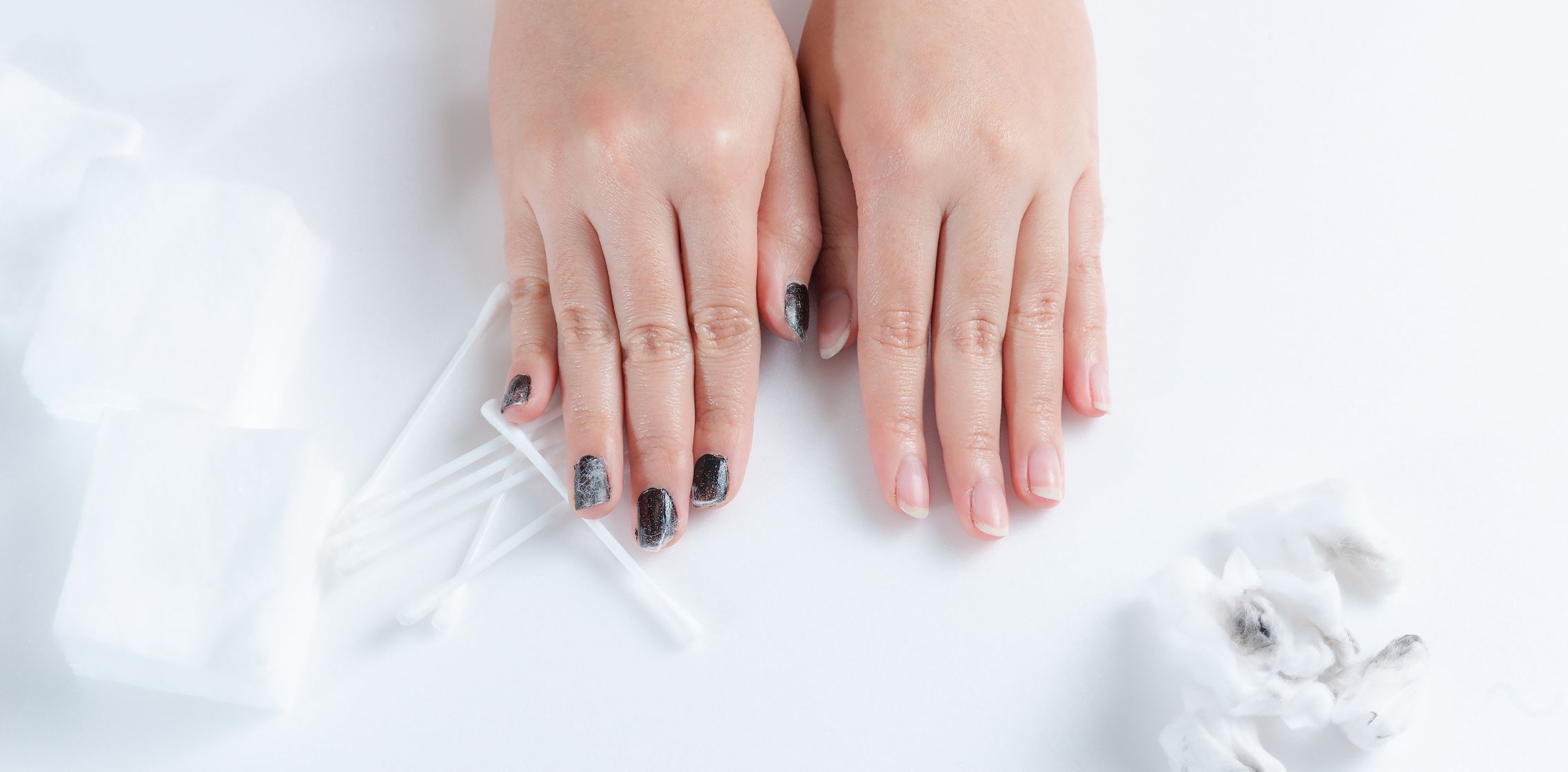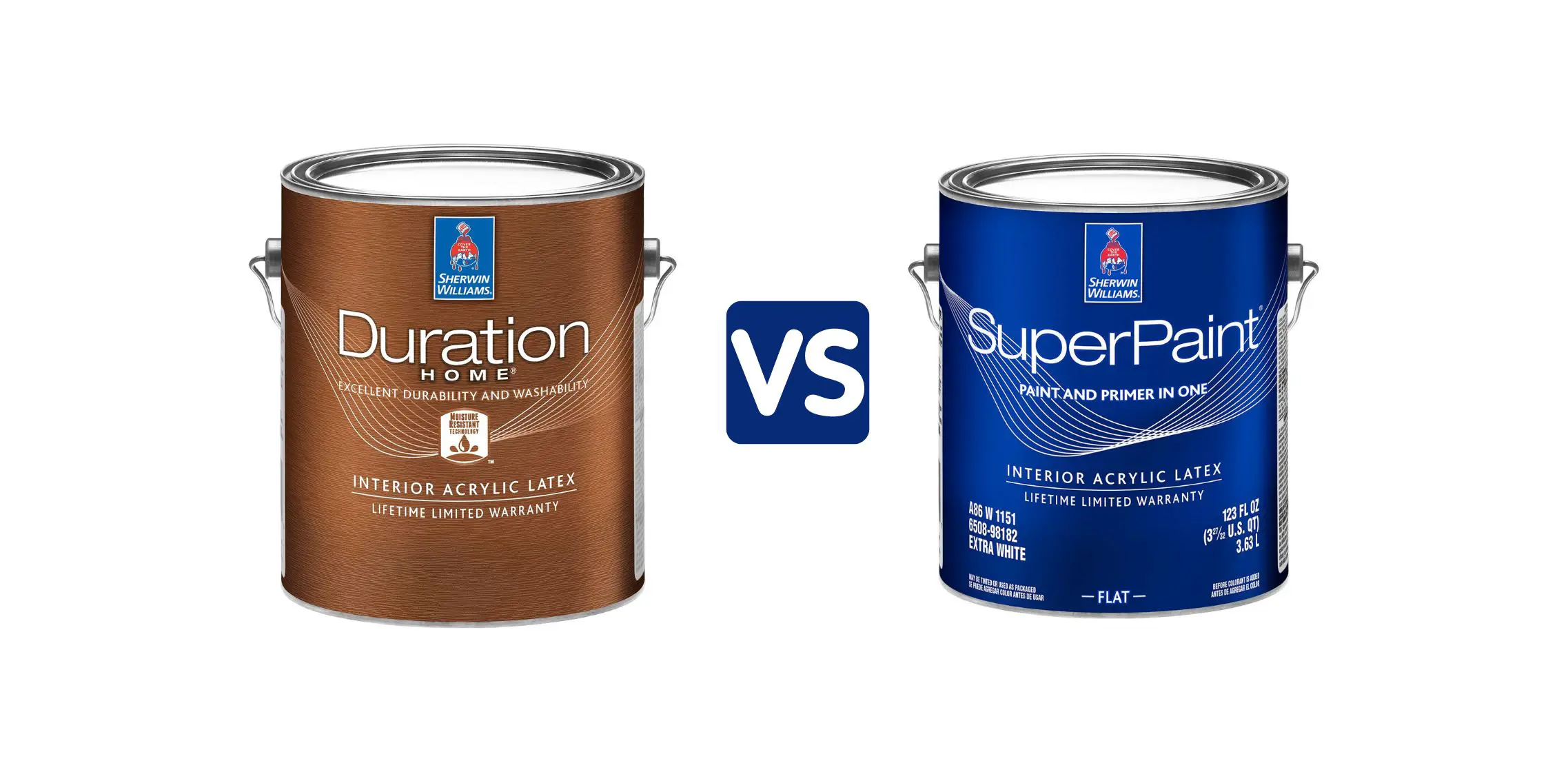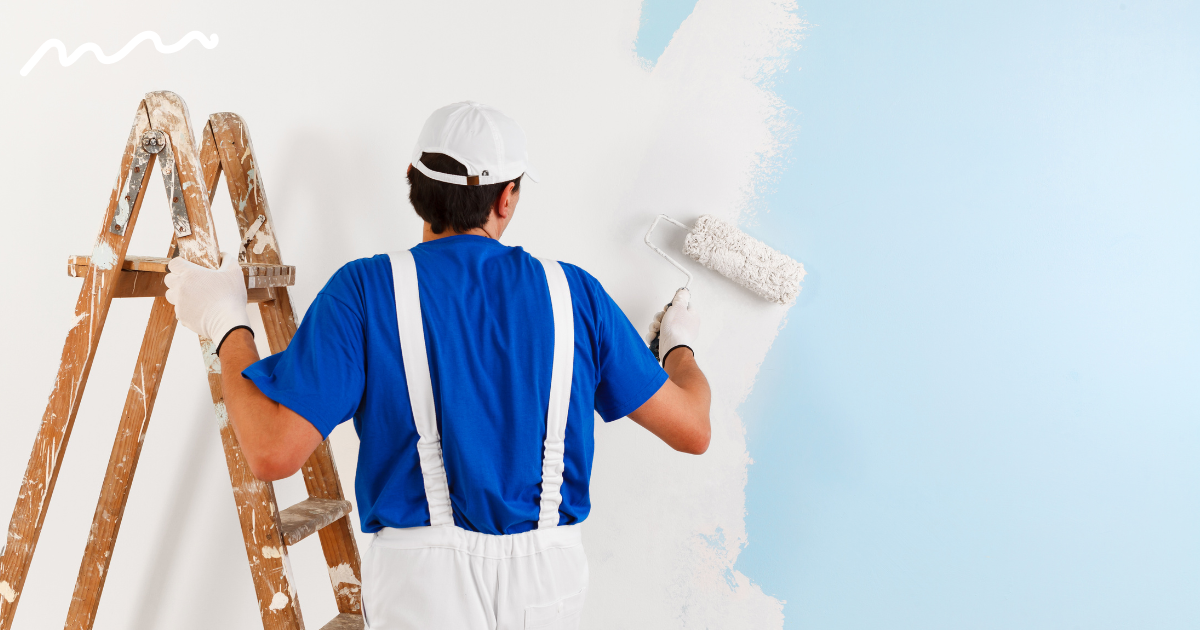Metal siding typically arrives pre-coated in a wide variety of colors and boasts impressive durability, intended to withstand the test of time. However, over the course of its lifespan, it can succumb to issues such as chalking, fading, and ultimately rusting. To avoid potential corrosion, it becomes crucial to uphold a robust finish through regular maintenance.
“Fortunately, when it comes to painting exterior surfaces, metal siding stands out as an excellent candidate due to its straightforward nature.“
Maintaining the finish on metal siding is essential for its longevity and protection against corrosion. In this blog post, we will explore the benefits of painting metal siding and provide you with valuable tips, tricks, and steps to achieve a successful paint job.
Understanding Metal Siding and Its Benefits
Metal siding is known for its durability and low-maintenance properties. Unlike other siding materials such as vinyl, wood, or stucco, metal siding offers exceptional strength and longevity.
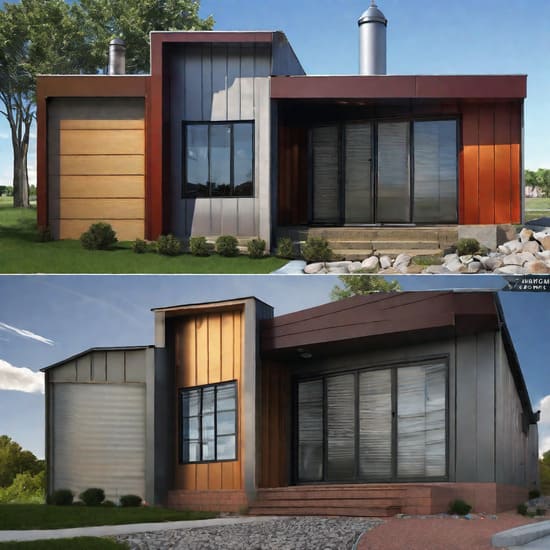
Additionally, metal siding is cost-effective in the long run, as it requires minimal upkeep compared to its counterparts. Regular maintenance is crucial to prevent issues like fading, chalking, and rusting.
When to Paint Metal Siding
It’s important to keep an eye out for signs indicating that it’s time to paint your metal siding. Fading, chalking, and rusting are clear indicators that the protective coating is deteriorating.
Delaying maintenance can lead to costly damages, so it’s essential to address these issues promptly. Regularly washing the siding and repairing any damages will help maintain its condition.
Steel Metal Siding Painting
Protecting steel from water and air is crucial. Here’s a guide on creating a protective paint barrier for steel.
To paint or repaint steel, start by using a wire brush to remove any rust or areas where rust may have formed.
Obtain a rust-inhibitive specialty primer from a local paint store. Apply two coats, allowing drying time in between, to establish a strong protective layer.
Choose a suitable paint, such as 100% acrylic latex or oil-based paint, for the steel surface.
If desired, spray painting is an effective option for steel. Follow the instructions on the paint can and, if possible, place the project on a workbench for easy access to all sides. Apply the paint using short, fluid strokes for an even finish.
Aluminum Metal Siding Painting
Aluminum siding can deteriorate or chalk in harsh climates. Painting the exterior metal can refresh your home without the need for complete residing.
- Ensure the aluminum is clean and dry, removing any dirt, grease, or stains.
- Protect nearby areas from paint by covering them.
- Apply an anti-rust primer to the aluminum, ensuring a good surface for paint adhesion and preventing future rust. Allow adequate drying time.
- Use a rust-preventative enamel for the topcoat, applying several thin coats and allowing each coat to dry completely.
- While painting aluminum siding, a few issues may arise.
Chalking can occur when the coating is weathered. Use a cleanser like trisodium phosphate before starting the project.
“If your fingers come off white when running them over the siding, it is chalking.”
For aluminum siding, consider using a flat or satin finish paint. These finishes help conceal small imperfections caused by dents. Glossy finishes, on the other hand, tend to highlight dings.
When spray painting siding, be mindful of nearby objects. Protect surrounding plants, ground, or bushes with a tarp or drop cloth. Take into account wind conditions and potential overspray that may exceed the coverage area
Steps to Paint Metal Siding
Preparation
Before painting, proper preparation is vital. Start by thoroughly cleaning the siding to remove dirt, grime, and any loose paint (if not removed this can limit the paint sticking to the siding). Repair any damaged areas, ensuring a smooth surface for painting.
Choosing the Right Paint
Selecting the right paint is crucial for a successful paint job. Look for acrylic or latex-based exterior paints specifically designed for metal surfaces. These paints offer excellent durability and weather resistance.
Tools and Materials
Gather the necessary tools and materials for the painting process. These may include brushes, rollers, drop cloths, primers, and high-quality paints. Having the right equipment will ensure a smooth and efficient painting experience
Priming the Surface
Applying a primer is essential to enhance paint adhesion and protect the metal surface. Follow the instructions provided on the primer, and apply it evenly to the prepared siding.
Applying the Paint
When applying the paint, use even strokes and overlap each stroke slightly to achieve uniform coverage. It’s beneficial to apply multiple thin coats rather than a single thick coat, as this promotes better adhesion and prevents drips.
Drying and Curing
Allow the paint to dry and cure according to the manufacturer’s instructions. Ensure sufficient drying and curing time to achieve a durable and long-lasting finish.
Tips and Tricks for Painting Metal Siding
- Choose suitable weather conditions for painting, avoiding extreme heat, cold, or high humidity.
- Work in sections and avoid direct sunlight, as it can cause the paint to dry too quickly, leading to uneven results.
- Use proper safety gear, including goggles, gloves, and a mask, to protect yourself from paint fumes and potential hazards.
- Protect surrounding surfaces, such as windows and landscaping, with drop cloths or masking tape.
- Consider hiring a professional painter for larger or more complex projects to ensure a flawless finish.


